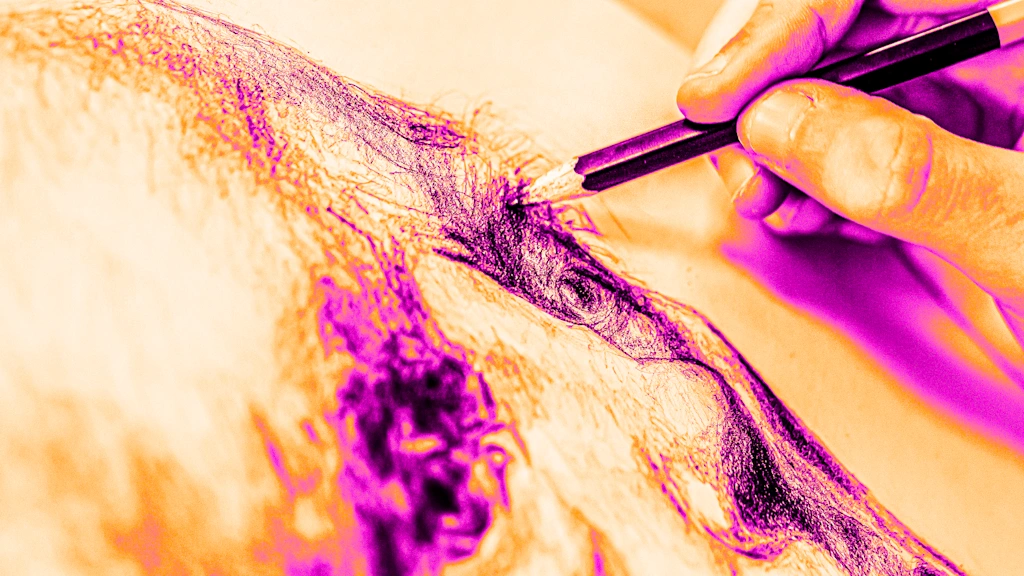
"But as AI workflows become more embedded in creative production, the loop looks different. A brand commissions original artwork. That artwork is used not only in campaigns, but to fine-tune a generative model trained to produce content "in the style of" the original work. From there, marketing teams or third-party vendors can generate dozens of variations on demand-without going back to the original artist."
"There's nothing inherently unethical about this. In many cases, it's efficient and creatively useful. But if the artist who trained the model isn't compensated for that secondary use, a value gap opens up. And that gap becomes a reputational risk for the brand-especially as creative professionals, advocacy groups, and consumers become more AI-literate. What's needed isn't a philosophical debate about machine creativity. It's a practical framework-one flexible enough for fast-moving teams, but structured enough to protect the humans still at the heart of the process."
Commissioned creative work is increasingly used both as finished assets and as training data to fine-tune generative AI models that produce outputs in the original style. Traditional licensing often does not address model training or downstream synthetic generation, creating uncompensated secondary uses and a value gap between artists and brands. This gap can lead to reputational risk as stakeholders become more AI-literate. Practical contractual frameworks are needed that define training rights, attribution, compensation, and workflow transparency. Such frameworks should be flexible for fast teams while ensuring protections and fair remuneration for the human creators whose work informs models.
Read at Fast Company
Unable to calculate read time
Collection
[
|
...
]